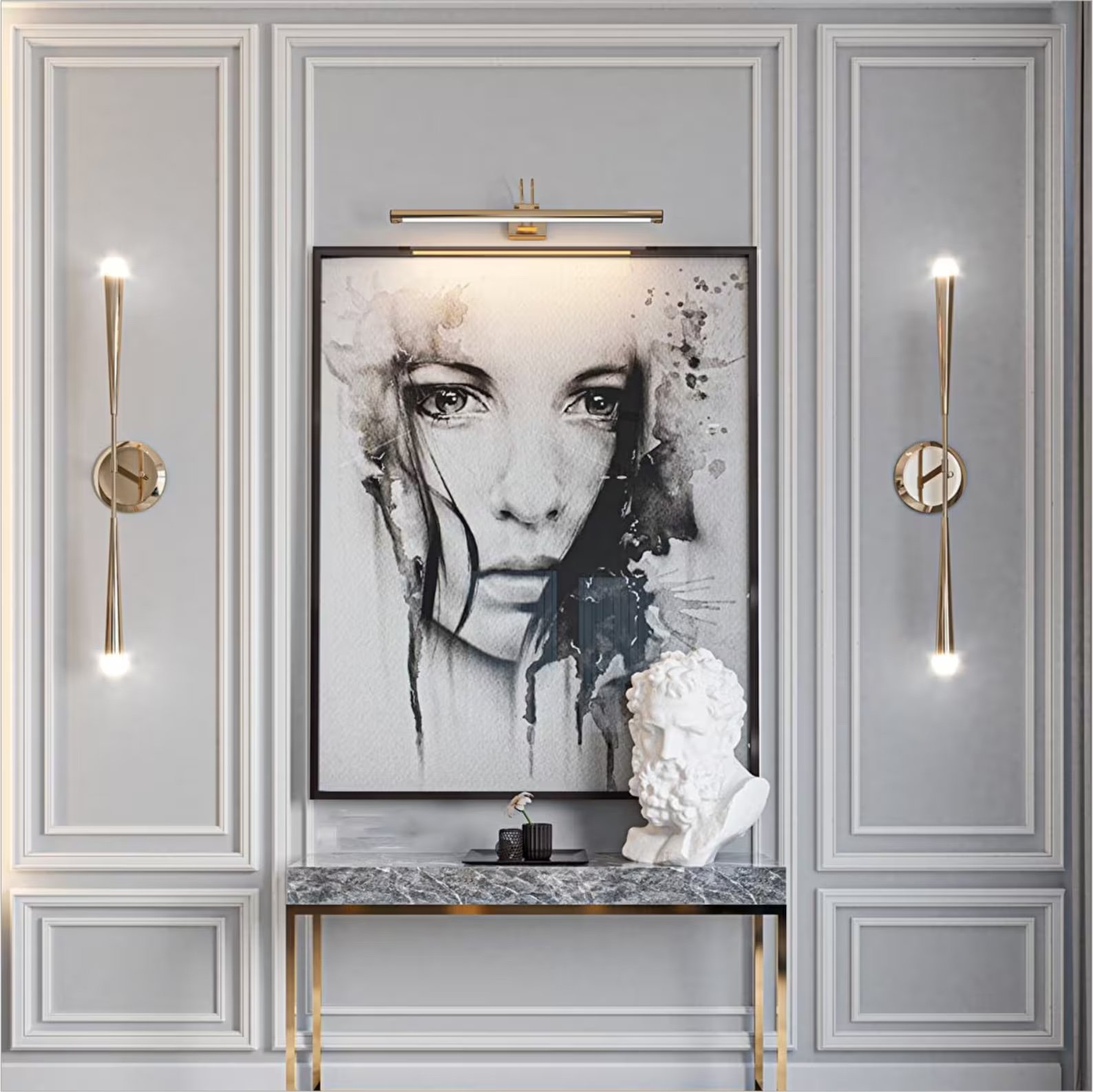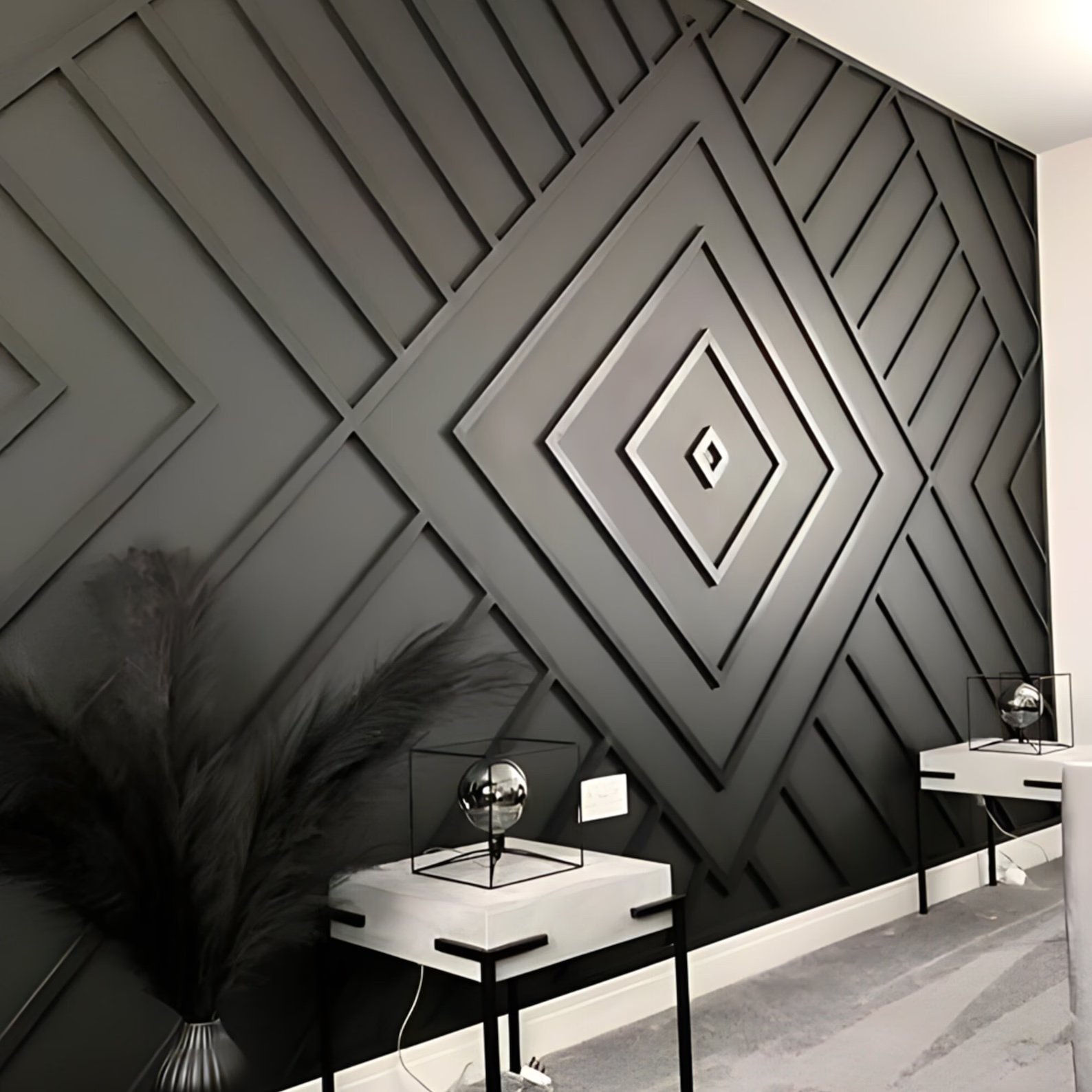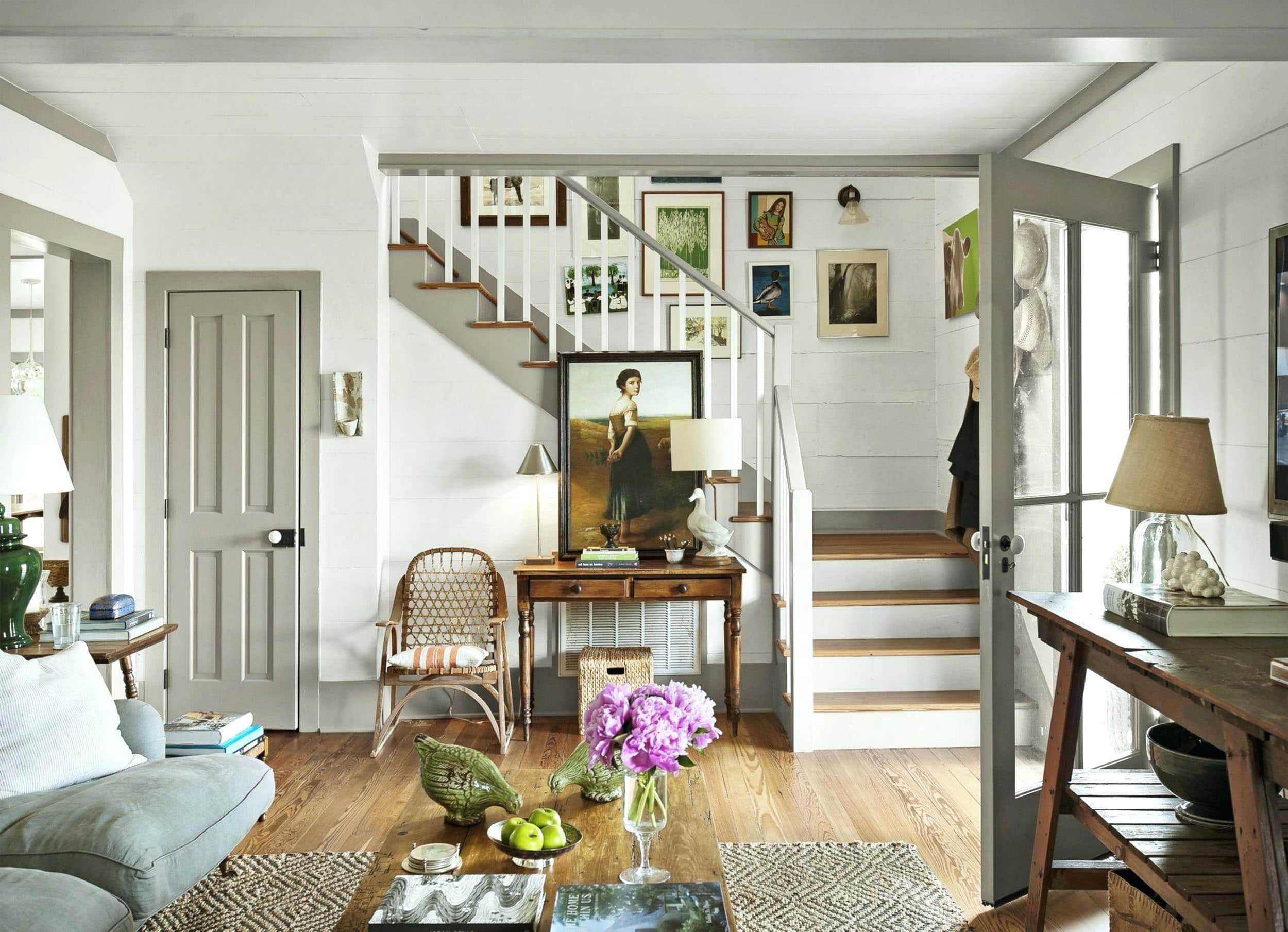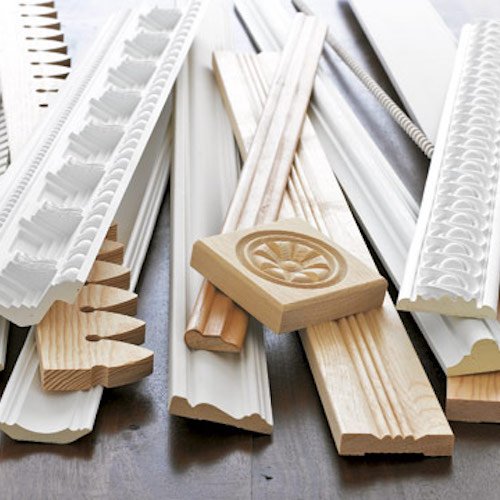Try the quiz HERE
“HEY GOOGLE, what is the difference between.. Decorative trim, moulding, and millwork?” Decorative millwork IS Decorative trim IS decorative moulding which is also decorative Paneling. Whatever you choose to call it, decorative trim is a versatile design element that can add interest, texture, and personality to any space. With such a wide variety of styles and materials available, it's easy to find the perfect trim to match the style of your room. Whether you're adding trim to walls, furniture, or cabinetry, it's a simple and cost-effective way to update and enhance your space. Small variances can transition one style to another. It really can be THAT simple. Let me show you what I mean..
“Fashion changes, but style endures.”
Trim has truly evolved over the years. SO much has changed since the early 1800s. This post will not be a history lesson, so I hope not to deter all those history buffs out there :) but more or less the difference between styles and how they have evolved and how they are still evolving. Trim is greatly used to define different areas of a room, which can often create a sense of organization and purpose. For example, who has wainscoting to define their dining room from the rest of their home? Let’s say you don’t like wainscoting, but don’t what the expense or headache to remove or replace it? I’ve provided some simplified “HOW TO’s” to transition from one style to another. Now, not everything is black and white, because this is definitely where creativity steps in, but this should provide a good start. I can’t give away all my secrets :)
Traditional / Bohemian
Traditional
Traditional trim features ornate and intricate designs. Generally in a neutral color or matching wall color to create a classic and timeless look.
Bohemian
Bohemian design often includes colorful and eclectic elements. With a Use of mixed ornate styles of trim, such as a carved chair rail or a scalloped baseboard. Often painted in bright colors to create a fun and lively space.
HOW TO:
TRADITIONAL trim is ornate, decorative and intricate. Adding colorful paint / wallpaper / bolder design selections to the original trim easily transitions Traditional to a BOHEMIAN design style.
Modern / Art Deco
Modern
Completely new spin to trim work. This has become the recent trend. Generally very straight lines in a geometric pattern on one wall of a room to create an accent wall. Commonly done in one color to give the effect of a 3d wall.
Art Deco
Art Deco design is known for its geometric shapes and bold colors. Use a stepped crown molding with sharp lines and a contrasting color to the walls to create a dramatic look. Use a metallic finish to add shine and glamour to the space.
HOW TO:
MODERN trim uses straight lines, sharpe corners and intricate, detailed designs. While using the same concept, just add a little drama with a metallic type finish/contrast, such as gilding (the process of applying gold leaf or gold paint) to get an ART DECO style of design.
Mid Century Modern / Standard Classic / Farmhouse
Mid Century Modern
CHARACTERIZED BY SLEEK, MINIMALIST DESIGN. SIMILAR TO THE FAMOUS ARTS AND CRAFTS DESIGN STYLE, BOTH MID CENTURY MODERN & ARTS AND CRAFTS HAVE CLEAN LINES, SIMPLE SHAPES, AND FEATURE MOULDINGS THAT SHOWCASE THE BEAUTY OF NATURAL WOOD.
Standard Classic
Let’s just refer to this style as 20th century, standard classic. We’ve all seen this style. The classic neutral color painted wall with white trim. The builder special.
Note: This particular design example did elevate the “classic” style by adding black windows and doors.
Farmhouse
Painting trim a neutral color that is darker than the walls is the simplest way to reflect a farmhouse / coastal / cottage style without the need to add shiplap or beadboard.
HOW TO:
MID CENTURY MODERN/ARTS & CRAFTS style of design features trim that is natural wood. It is not ornate, has no intense detail, just a straightforward design. STANDARD CLASSIC trim is generally what builders use. It is white trim with a neutrally painted wall. Reverse, reverse! And paint the trim a slightly darker neutral color against white walls, and you have just changed your design style to FARMHOUSE/COTTAGE/COASTAL.
“Simplicity is the ultimate form of sophistication”
Last but not least TRANSITIONAL: This is a unique style because it is a perfect transition of elements between Traditional and Contemporary styles which is referred to as T R A N S I T I O N A L. Makes sense now, right?!
“Traditional” - Transitional - “Contemporary”
Transitional style trim blends elements of traditional and contemporary styles. It is characterized by clean lines and simple profiles while still adding the depth of multiple layers of trim, as such in traditional styles.
“Traditional” / Transitional
As this style still Offers multiple layers of trim and intricate designs. The intricate designs just consist of straighter lines. These are still generally painted in neutral colors.
Transitional
Transitional still provides an interest and an eye catching design but generally offered a contrast between the trim and the wall color.
Transitional / “Contemporary”
The difference within this design is the paint separation line that “cuts” the wall in thirds to create a more contemporary design.
HOW TO:
TRANSITIONAL trim has straight lines, smooth surfaces, and occasionally a couple layers of trim. Painting the trim and walls the same color (floor to ceiling) best represents “TRADITIONAL”/TRANSITIONAL design. Painting the trim a neutral or white when the walls are a deeper/richer color is a representation of the classic TRANSITIONAL style of design. Breaking the “rules” and playing with paint to take a design from ‘classic’ to ‘edgy’ transitions a standard Transitional style to TRANSITIONAL/“CONTEMPORARY”.
So, what have we learned?
decorative trim can be a great way to create different design styles in a home. By using different types of trim and finishes, you can achieve a variety of looks, from traditional to bohemian, and from modern to art deco. Experiment with different combinations to create a unique and personalized look that reflects your personal style. The best part is realizing that P-A-I-N-T can be your best friend and the simplest solution to transition between styles. As I have said before, there’s definitely more than one way to skin a cat - which means you can work with what you have and achieve your goal, because there is more than one way to design correctly. BUT, that can also mean there are plenty of ways to design incorrectly..! I hope this post was useful, if so, I’d love to hear about it in the comments below :)
In case you were wondering…
*Millwork
Definition of Millwork: As the name implies, millwork is woodwork that has been fabricated in a mill. The term refers to any number of products, from doors and panels to moldings and trims. These are typically bespoke pieces that are installed onsite, based on the customized specifications of the clients.
*Moulding
Definition of Moulding: an inexpensive way to add value and beauty to your home. There are many styles and materials to choose from, from elegant, traditional moulding to sophisticated crown moulding styles. You can use moulding to enhance any room or space.
thank you for being here!
If you liked this post, show it some love and push that heart below!
I’d love to hear what style of is your favorite. Comment below





















